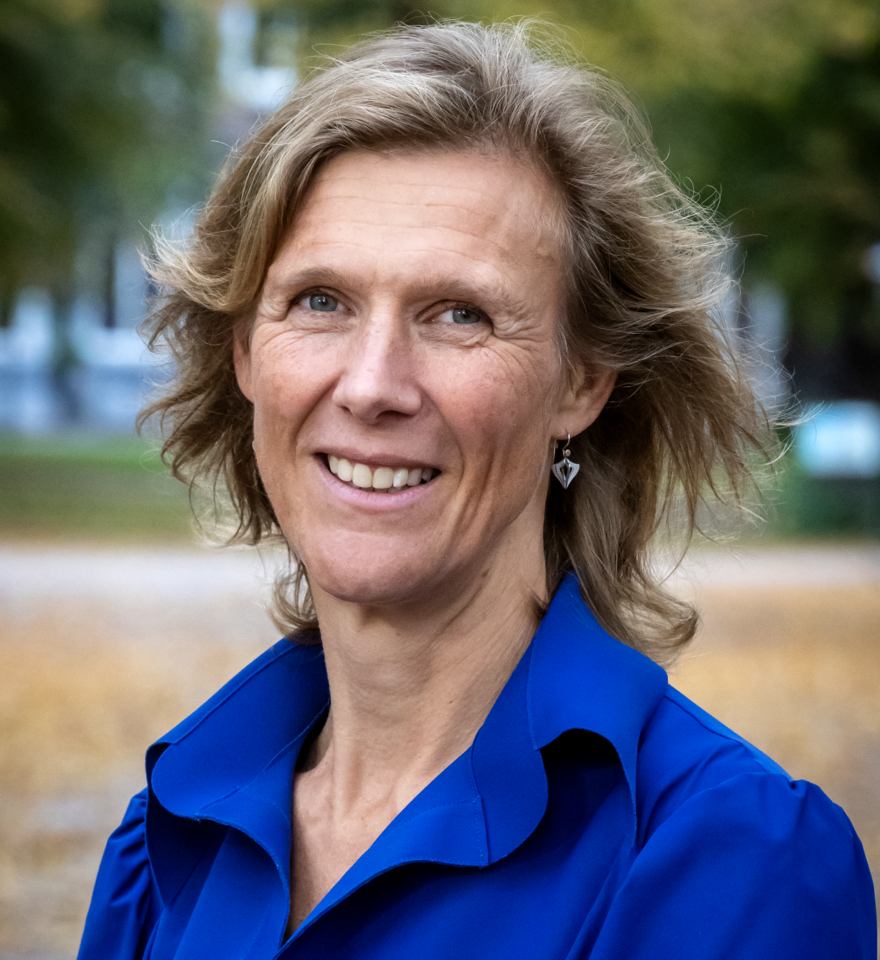Data Assimilation and Decision Support
Data assimilation (DA) and history matching combine numerical simulations and observations to derive improved system characterizations. DA resolves uncertainties, provides a rigorous framework for real-time monitoring and forecasting, and advises practitioners on optimal courses of action. Our research develops and operationalizes statistical methods that meet the complex demands of reservoir engineering and Earth-system modelling, which help managing the risks of new technologies for the energy transition.
Related projects
BASTARDS: Bayesian Assimilation of Snow cover daTA for Rhone-valley Drought forecastS (User Support Programme Space Research -NWO)
Timeline: November 2023 – November 2026
In our changing climate, the increased frequency and intensity of droughts have an important impact on the lives of those living in the Rhone valley. To anticipate droughts, digital twins, which are virtual representations of processes on earth, can be important tools in scenario planning. While digital twins strive to be exact replicas of processes, we propose the development of digital bastards that may not be identical to, but accurately simulate those earth-system components that play a significant role in the processes at hand.
In the Rhone valley, meltwater from snow and glaciers contributes to the river runoff on multiple scales. While snow cover follows a seasonal cycle, glacier variability occurs on longer time scales. eWatercycle offers a collaborative environment for the understanding of water movement from local to global scale, predicting floods, droughts, and the effect of land use on water balance. However, estimates of snow meltwater in the Rhone using eWaterCycle are hampered by uncertainty in the amount of snow and its melting behaviour.
By assimilating novel snow data sets of MODIS, Landsat and Sentinel satellites into the hydrological models of the Rhone on the eWatercycle platform, we expect to improve the snow meltwater runoff. The coupling of hydrological models with glacier models while assimilating satellite-based snow products, will constitute a novel approach to improve short-term forecasts of river runoff and deliver a tool for scenario planning.
Assimilation of Electromagnetic Data for Reservoir Monitoring (Delphi)
Timeline: January 2018 - January 2026 (part-time)
Combining different geophysical data sets with complementary information can be formulated as a joint inverse problem. This project investigates the use of data assimilation methods, in particular ensemble smoothers, to estimate fluid fill and monitor fluid motion in subsurface reservoirs using different geophysical datasets, including (time-lapse) seismic data and marine controlled-source electromagnetic data (mCSEM).
Improving digital twins with program synthesis (NWA)
Timeline: January 2024 - January 2025
Arguably the most valuable tool one can create from Big Data is a digital twin that supports scientists and policymakers in understanding and interacting with various systems, ranging from industrial products to natural systems. Distilling twins of large-scale systems that consist of many interacting subsystems is, however, a major challenge. For instance, a digital twin of the Rotterdam delta consists of different interacting subsystems (e.g., atmosphere, soil, groundwater, waterways, barriers, and coastal waters) and its overall success depends on the ability to couple the subsystems with each other and with data. However, naively coupling the existing subsystem twins into a ‘monster twin’ is computationally infeasible. This project explores an innovative idea of using Big Data and probabilistic programming to link digital twins together. While coupling simulators of the subsystems is not always straightforward, the data on their joint behaviour is readily available (e.g., daily measurements of the delta). This project will exploit that big data to link and synchronise subsystem twins through probabilistic programming, an AI paradigm for reasoning about the behaviour of complex systems, without constructing the ‘monster twin’. While we focus on waterway problems, the resulting techniques will support value creation on many application domains that depend on linking digital twins.
Related publications
- Femke Vossepoel, Karlijn Beers, Ramon Hanssen, Denis Voskov, On estimating geomechanical parameters from surface deformation with a particle method: Data assimilation for subsidence monitoring (PPT)
- F.C. Vossepoel, A data assimilation approach to joint seismic and non-seismic imaging for reservoir surveillance, In Delphi. The Reservoir Characterization and Monitoring Project (2016) Volume XV p.2.1-2.11, Delft University of Technology.
- C.P. Marsman, F.C. Vossepoel, Ylona van Dinther, Rob Govers, Towards Estimating Postseismic Parameters and Processes Using Ensemble Data Assimilation
- M. Ramgraber, C. Albert, M. Schirmer, (2019), Data Assimilation and Online Parameter Optimization in Groundwater Modeling Using Nested Particle Filters, In Water Resources Research Volume 55 p.9724-9747.
- G.S.S. MR. SERRAO SEABRA, S. de Hoop, D.V. Voskov, F.C. Vossepoel, Improved Understanding of Naturally Fractured Reservoirs Using Data Assimilation, In EAGE GET 2022.
- M. Mohsan, P.J. Vardon, F.C. Vossepoel, Options for the Implementations of Data Assimilation for Geotechnics, In Challenges and Innovations in Geomechanics Volume 3 p.255-262, Springer.
- H.A. Diab Montero, Ensemble data assimilation methods for estimating fault slip and future earthquake occurrences
- Femke Vossepoel, What happens beneath the sinking surface?: Quantifying subsurface effects with data assimilation, In TU Delft DeltaLinks.
- Muhammad Mohsan, Philip J. Vardon, Femke C. Vossepoel, (2021), On the use of different constitutive models in data assimilation for slope stability, In Computers and Geotechnics Volume 138.
- Arundhuti Banerjee, Ylona van Dinther, Femke C. Vossepoel, On parameter bias in earthquake sequence models using data assimilation, In Nonlinear Processes in Geophysics Volume 30 p.101–115.



